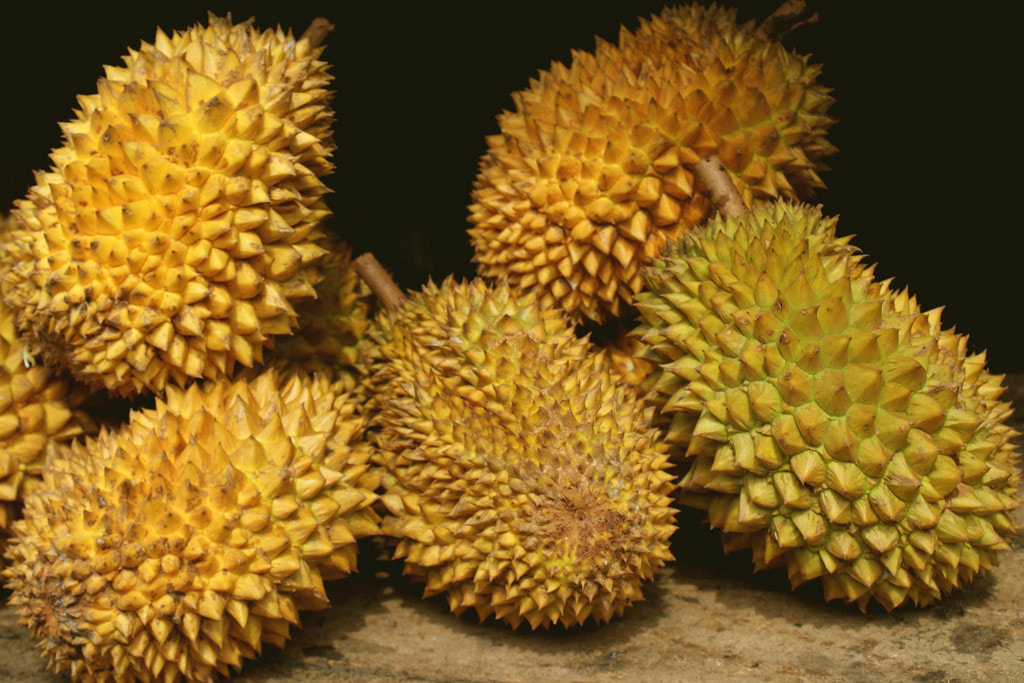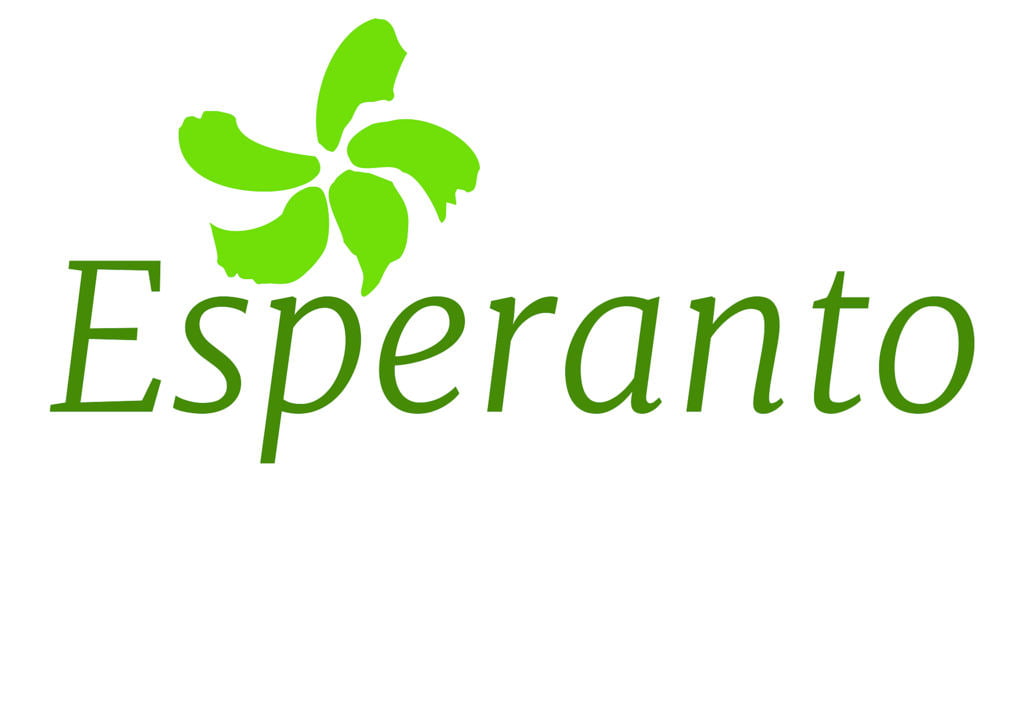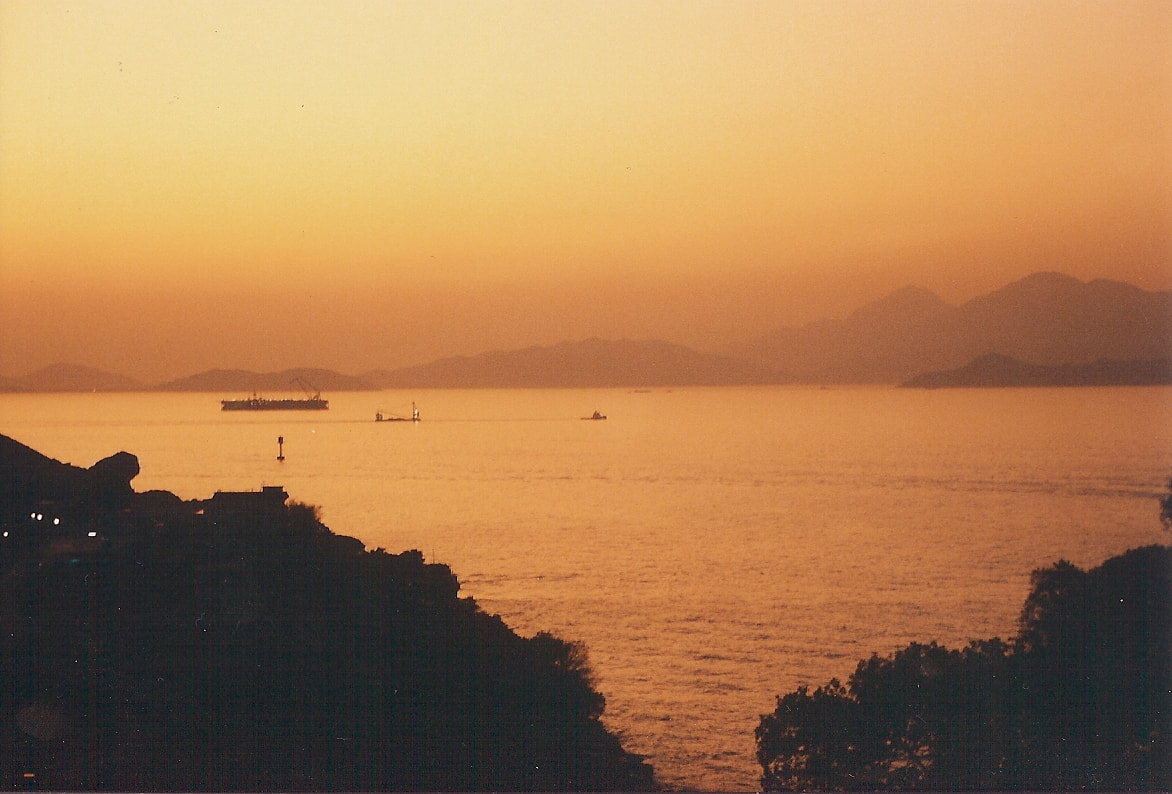
IELTS Practice Test Volume 3
- 发布时间: 05 May 2019
- 模考人次: 217,537
正确答案:
Part 1: Question 1 - 13
- 1 G
- 2 F
- 3 E
- 4 C
- 5 thorns
- 6 pith
- 7 pocket(s)
- 8 TRUE
- 9 FALSE
- 10 NOT GIVEN
- 11 mesh bag(s)
- 12 lower(-)grade durian
- 13 (a) hardhat(s)
Part 2: Question 14 - 26
- 14 FALSE
- 15 NOT GIVEN
- 16 TRUE
- 17 FALSE
- 18 hostile
- 19 idealism
- 20 international communication
- 21 state funds
- 22 I
- 23 B
- 24 E
- 25 I
- 26 B
Part 3: Question 27 - 40
- 27 dust clouds
- 28 solar radiation
- 29 historic high
- 30 Volcanic winter
- 31 sun's rays
- 32 rainfall
- 33 road systems
- 34 famine
- 35 D
- 36 B
- 37 C
- 38 G
- 39 E
- 40 F
排行榜:
| # | 用户 | 得分 | 时间 | |
|---|---|---|---|---|
| Bích Ngọc |  | 9.0 | 15:11 | |
| Sanja Shetty |  | 9.0 | 19:38 | |
| VIRAT ANWANI |  | 9.0 | 20:37 | |
| 4 | Juana Fish |  | 9.0 | 21:16 |
| 5 | Huy Đứm Qi |  | 9.0 | 22:42 |
| 6 | Aiman Ishmam |  | 9.0 | 22:54 |
| 7 | Uldana Yersenbek |  | 9.0 | 23:37 |
| 8 | Sulav Sharma |  | 9.0 | 24:26 |
| 9 | Robert Luhut Martahi |  | 9.0 | 26:31 |
| 10 | maria peltz |  | 9.0 | 27:00 |
Tips for improving your ielts score
详细试卷答案解析:
Questions 1-4
Reading Passage 1 has seven paragraphs, A-G.
Write the correct letter, A-G, next to the questions.
Which paragraph gives a reason for durian’s
1 spread outside of Asia?
2 variety of forms?
3 variety of food uses?
4 defining characteristics?
- 1 Answer: G
Keywords in Questions
Similar words in Passage
Q1: …. spread outside of Asia?
G The market is principally other Asian nations, although interest is growing in the West as Asian immigrants take their tastes and eating preferences with them — for example, in Canada and Australia.
Note:
The reason here is that Asian immigrants take their tastes and eating preferences with them and the word as is used with the meaning of because
Therefore, the correct answer is G.
- 2 Answer: F
Keywords in Questions
Similar words in Passage
Q2: … variety of forms?
F Since that time, modern breeding and cultivating techniques have resulted in the introduction of hundreds of cultivars.
Note:
The reason for variety of forms is that modern breeding and cultivating techniques.
The verb resulted in is with the meaning cause
Therefore, the correct answer is F
- 3 Answer: E
Keywords in Questions
Similar words in Passage
Q3: … variety of food uses?
E In actual fact, the flavour can vary considerably depending on the stage of ripeness and methods of storage. [...] Whatever the ease, it is this soft creamy consistency which easily allows durian to blend with other Southeast Asian delicacies, from candy and cakes, to modern milkshakes and ice cream. It can also appear in meals, mixed with vegetables or chili, [...] more practices in a variety of local rice dishes
Note
The reason here is that the stage of ripeness and methods of storage
The phrase depending on is used to emphasize the meaning because of
Therefore, the correct answer is E
- 4 Answer: C
Keywords in Questions
Similar words in Passage
Q4: … defining characteristics?
C This leads one to wonder why nature designed such a smelly fruit in such an inconvenient package. Nature is, however, cleverer than one might think. For a start, that pungent odour allows easier detection by animals in the thick tropical forests [...] The second clever fact is that,
since the inner seeds are rather large, the durian tree needs correspondingly larger animals to eat, ingest, and transport these seeds away, hence the use of that tough spiny cover.
Note:
The reasons here are that pungent odour allows easier detection by animals in the thick tropical forests and the durian tree needs correspondingly larger animals to eat, ingest, and transport these seeds away
The words used to state reasons: hence, allows, why
Therefore, the correct answer is C
Questions 5-7
Label the diagram.
Choose ONE WORD from the passage for each answer.

5
6
7
- 5 Answer: thorns
Keywords in Questions
Similar words in Passage
Q5:
As big as a basketball, up to three kilograms heavy, and most noticeably, covered with a thick and tough thorn-covered husk, it demands a royal respect. The thorns are so sharp that even holding the massive object is difficult.
Note:
It is described in the paragraph B that the outside of a durian is a thorn-cover husk and these thorns are very sharp.
This description matches the pictures, so the answer for number 5 is thorns
- 6 Answer: pith
Keywords in Questions
Similar words in Passage
Q6
Upon prising open the large pod, one is presented with white fibrous pith in which are nestled pockets of soft yellowish flesh, divided into lobes. Each lobe holds a large brown seed within.
Note
In paragraph D, it is stated that just inside the thorns is the fabric pith (the white substance between the skin and the flesh of citrus fruits such as oranges, or the soft, white inside part of the stem of some plants). This pith are nestled (protect something) flesh which are yellow and separated into pockets.
Therefore, the answer for Q6 is pith
- 7 Answer: pocket(s)
Keywords in Questions
Similar words in Passage
Q7
Upon prising open the large pod, one is presented with white fibrous pith in which are nestled pockets of soft yellowish flesh, divided into lobes. Each lobe holds a large brown seed within.
Note
In paragraph D, it is stated that just inside the thorns is the fabric pith (the white substance between the skin and the flesh of citrus fruits such as oranges, or the soft, white inside part of the stem of some plants). This pith are nestled (protect something) flesh which are yellow and separated into pockets.
Therefore, the answer for Q7 is pockets
Questions 8-10
Do the following statements agree with the information given in Reading Passage One?
Write
| TRUE | if the statement agrees with the information |
| FALSE | if the statement contradicts the information |
| NOT GIVEN | If there is no information on this |
8 The seeds can be eaten.
9 Durian trees are grown in many parts of Australia.
10 Thailand consumes the most durians.
- 8 Answer: TRUE
Keywords in Questions
Similar words in Passage
Q8: The seeds can be eaten.
Although these seeds themselves can be cooked and eaten, it is the surrounding flesh over which all the fuss is made.
Note
The paragraph D has already stated that the seeds of the durians can be eaten.
Hence, the statement in Q8 is TRUE.
- 9 Answer: FALSE
Keywords in Questions
Similar words in Passage
Q9. Durian trees are grown in many parts of Australia.
Such popularity has seen the widespread cultivation of durian, although the tree will only respond to tropical climates'—for example, only in the very northern parts of Australia, where it was introduced in the early 1960s
Note
The paragraph F has stated that the durian trees only fit in with the climates of the northern parts of Australia. So, the durian trees are not widespread in the whole country.
The statement here is opposite to what is said in the passage. Hence, the correct answer is FALSE.
- 10 Answer: NOT GIVEN
Keywords in Questions
Similar words in Passage
Q10.. Thailand consumes the most durians.
Thailand, where durian remains very popular, now exports most of this fruit, with five cultivars in large-scale commercial production.
Note
In this passage, it is only stated that Thailand exports most of this fruit, (in paragraph G).
the passage has not mentioned about where the durians is consumed the most.
Hence, the answer for this question is NOT GIVEN.
Questions 11-13
Answer the questions.
Choose NO MORE THAN TWO WORDS from the passage for each answer.
What can help to carry durians around?
11
Which sort of durian is usually fermented into paste?
12
What should one wear when walking among durian trees?
13
- 11 Answer: mesh bag(s)
Keywords in Questions
Similar words in Passage
Q11..What can help to carry durians around?
In supermarkets, they are usually put into mesh bags to ease handling,
Note
To ease (v): means to make something easier. It is stated in the passage that “mesh bags” can ease handling, which means mesh bags make it easier for us to carry the durians.
Therefore, the answer is mesh bags
- 12 Answer: lower(-)grade durian
Keywords in Questions
Similar words in Passage
Q12. Which sort of durian is usually fermented into paste?
lower-grade durian (otherwise unfit for human consumption) is fermented into paste, used in a variety of local rice dishes.
Note
This question is not too difficult as the passage repeats the same phrase used in the question (fermented into paste). The question asks for the sort of durian, mean “type of durian”.
“ferment” (v): If food or drink ferments or if you ferment it, the sugar in it changes into alcohol because of a chemical process
Therefore, the answer is lower-grade durian
- 13 Answer: (a) hardhat(s)
Keywords in Questions
Similar words in Passage
Q13. What should one wear when walking among durian trees?
one does not walk within a durian plantation without a hardhat
Note
The passage said that to avoid serious injury, one should wear a hardhat when walking under durian trees. “plantation” means a group of many trees. The hardhat can protect people from durians which fall down when rippened (Para F)
The correct answer is hardhat
Reading Passage 1
You should spend about 20 minutes on Questions 1-13, which are based on Reading Passage One.

The King of Fruits
A. One fact is certain: you’ll smell it before you see it. The scent (or should that be odour?) is overpowering (or should that be nauseating?). One inhales it with delight, or shrinks back in disgust. Is it sweet almonds with vanilla custard and a splash of whiskey? Or old socks garnished with rotten onion and a sprinkling of turpentine? Whatever the description, it wafts from what must be considered the most singular fruit on the planet—the durian, a Southeast Asian favourite, commonly called the ‘king of fruits’.
B. Its title is, in many ways, deserved. As fruits go, it is huge and imposing. As big as a basketball, up to three kilograms heavy, and most noticeably, covered with a thick and tough thorn-covered husk, it demands a royal respect. The thorns are so sharp that even holding the massive object is difficult. In supermarkets, they are usually put into mesh bags to ease handling, while extracting the flesh itself requires the wearing of thick protective gloves, a delicate and dextrous use of a large knife, and visible effort. One can see why it is increasingly popular, in western markets, to have that flesh removed, wrapped up, and purchased directly.
C. This leads one to wonder why nature designed such a smelly fruit in such an inconvenient package. Nature is, however, cleverer than one might think. For a start, that pungent odour allows easier detection by animals in the thick tropical forests of Brunei, Indonesia, and Malaysia, where the wild durian originates. When the pod falls, and the husk begins to crack open, wild deer, pigs, orangutans, and elephants, are easily drawn forth, navigating from hundreds of meters away directly to the tree. The second clever fact is that, since the inner seeds are rather large, the durian tree needs correspondingly larger animals to eat, ingest, and transport these seeds away, hence the use of that tough spiny cover. Only the largest and strongest animals can get past that.
D. And what are they seeking? Upon prising open the large pod, one is presented with white fibrous pith in which are nestled pockets of soft yellowish flesh, divided into lobes. Each lobe holds a large brown seed within. Although these seeds themselves can be cooked and eaten, it is the surrounding flesh over which all the fuss is made. One of the best descriptions comes from the British naturalist, Alfred Wallace. Writen in 1856, his experience is typical of many, and certainly of mine. At first, he struggled hard to overcome the ‘disagreeable aroma’, but upon ‘eating it out of doors’ found the flesh to have a ‘rich glutinous smoothness, neither acid nor sweet nor juicy; yet it wants neither of these qualities, for it is in itself perfect’. He ‘at once became a confirmed durian eater’. Exactly!
E. In actual fact, the flavour can vary considerably depending on the stage of ripeness and methods of storage. In Southern Thailand, the people prefer younger durian, with firmer texture and milder flavour, whereas in Malaysia, the preference is to allow the durian to fall naturally from the tree, then further ripen during transport. This results in a buttery texture and highly individual aroma, often slightly fermented. Whatever the case, it is this soft creamy consistency which easily allows durian to blend with other Southeast Asian delicacies, from candy and cakes, to modern milkshakes and ice cream. It can also appear in meals, mixed with vegetables or chili, and lower-grade durian (otherwise unfit for human consumption) is fermented into paste, used in a variety of local rice dishes.
F. Such popularity has seen the widespread cultivation of durian, although the tree will only respond to tropical climates'—for example, only in the very northern parts of Australia, where it was introduced in the early 1960s. Since that time, modern breeding and cultivating techniques have resulted in the introduction of hundreds of cultivars (subspecies bred, and maintained by propagation, for desirable characteristics). They produce different degrees of odour, seed size, colour, and texture of flesh. The tree itself is always very large, up to 50 metres, and given that the heavy thorny pods can hang from even the highest branches, and will drop when ripened, one does not walk within a durian plantation without a hardhat—or at least, not without risking serious injury.
G. Thailand, where durian remains very popular, now exports most of this fruit, with five cultivars in large-scale commercial production. The market is principally other Asian nations, although interest is growing in the West as Asian immigrants take their tastes and eating preferences with them — for example, in Canada and Australia. The fruit is seasonal, and local, sale of durian pods is usually done by weight. These can fetch high prices, particularly in the more affluent Asian countries, and especially when one considers that less than one third of that heavy pod contains the edible pulp. In the true spirit of Alfred Wallace, there are certainly a large and growing number of ‘confirmed durian eaters’ out there.








有话要说: